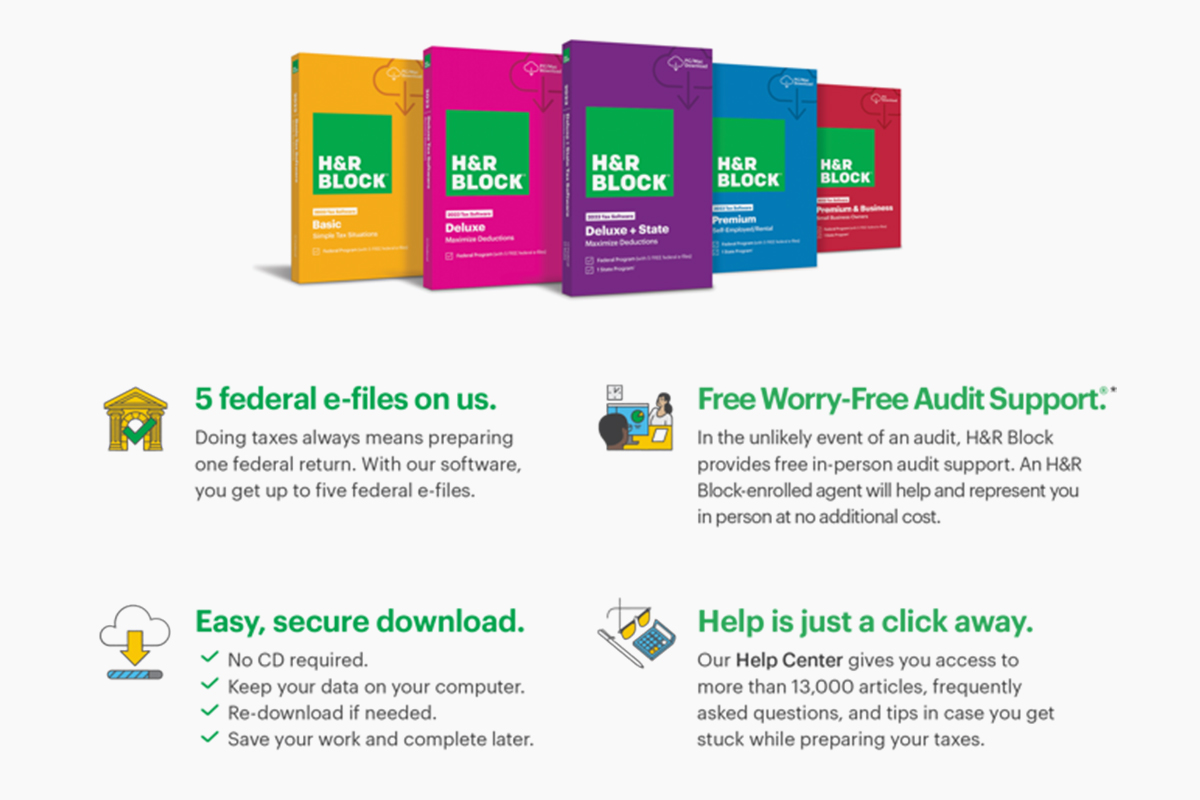In today’s competitive talent market, employee benefits have become a crucial battleground. A basic approach to benefits now seems lackluster to most employees, particularly among younger generations who prioritize a more comprehensive approach to well-being. Financial stability, mental health support, and access to wellness programs are no longer considered “extras” but essential components of a competitive compensation package, as reported in a 2024 survey of employee benefits brokers.
Brokers reported that the top non-traditional benefits requested by employers (after sensing shifts in employee sentiment) revolved around employee wellbeing, in the form of mental, financial, physical and digital health. For HR leaders looking to align their organizations with changing expectations, this is the direction the winds are blowing in employee benefits.
The rise of non-traditional benefits
In recent years, organizations have struggled to find enough employees to cover all of their operational needs. Unemployment rates remain historically low, putting pressure on employers to compete for a small pool of available workers. In the competitive labor market, a more robust benefits package is one way for employers to set themselves apart.
Furthermore, a trend emerged during the pandemic that amplified the already intense competition for employees: workers value their time, contributions, and work-life balance more. Increasingly, they want jobs where they feel valued and supported. This attitude creates a new set of expectations that employers didn’t have to consider before. Just as employers evaluate potential employees, workers evaluate employers’ cultures and compensation packages. In fact, Businessolver’s State of Workplace Empathy 2024 study (which surveyed more than 3,000 employees) found that 52% of non-executive employees would be willing to accept a slightly lower salary to work for a more empathetic employer.
Companies can no longer view employee benefits solely as a cost, but rather as a strategic investment in their human capital. By offering a comprehensive package that caters to a broader spectrum of needs, organizations position themselves as attractive employers committed to unlocking the full potential of their workforce. As the concept of employee wellbeing gains traction, we expect non-traditional benefits to become an even more prominent feature in the future of workplaces.
Designing a comprehensive benefits package for the modern workforce
Amid the metamorphosis of employee benefits, employers are increasingly recognizing that the traditional model, which has focused on health insurance and retirement plans, may not be enough to attract and retain the necessary talent. The benefits agents surveyed confirmed this, highlighting how employers are prioritizing a broader range of benefits. The results paint a compelling picture, highlighting the top five nontraditional benefits requested by employers over the past year.
- Mental Health Support: With 91% of respondents citing it as one of the top five most requested benefits, mental health support has seemingly become non-negotiable. These resource options can include access to Employee Assistance Programs (EAPs), telehealth therapy options, or mental health education.
- Telemedicine and counseling: The convenience and accessibility of telemedicine make it a popular request. Nearly two-thirds (67%) of brokers reported that employers showed increased interest in telemedicine options, particularly for accessing mental health services remotely.
- Wellness and incentive programs: More than half (59%) of brokers reported that employers are placing more focus on wellness programs, which can include initiatives such as gym memberships or preventative health activities. Employers report that offering such wellness programs can reduce absenteeism, increase employee retention, and lower healthcare costs.
- Financial wellness programs: After several years of high inflation and rising costs, financial stress is a major concern for many employees. The fourth most requested benefit revolved around financial wellbeing, which can include offerings such as improved credit monitoring, financial education or access to personalized financial advice.
- Benefits of digital wellbeing: Cybersecurity concerns in today’s remote work environment have led more than half (52%) of employers to seek digital wellbeing benefits for their employees. Both employers and employees have become more aware of the risks of personal data leakage in the wake of record-high data breach numbers. An overwhelming majority (80%) of benefits agents said employers are now asking for recommendations on identity theft protection providers, an increase of 15% from 2021.
In addition to making these benefits available, it’s critical that they are easily accessible and relevant to employees. Mobile apps, digital delivery, scalable personalization, and marketing automation make that connection more possible.
Interest in nontraditional benefits paints a new picture of the employee benefits landscape. Employers no longer view benefits as a static package, but as a dynamic tool to address the comprehensive needs of their employees.
Wellness is the future
The shift toward nontraditional benefits extends beyond simply catering to employee preferences. Studies consistently show that the return on investment associated with workforce wellness includes increased morale, engagement, productivity and loyalty.
In the modern workplace, offering a competitive benefits package isn’t just about meeting certain requirements, it’s about creating a culture of well-being that everyone can benefit from. HR leaders who promote the evolution of employee benefits can help their organizations gain a competitive advantage in talent acquisition, retention, and overall business success.
Shelby Gartner is vice president of broker partnerships at TransUnion. Learn more about the 2024 Employee Benefits Survey on TransUnion's website.












